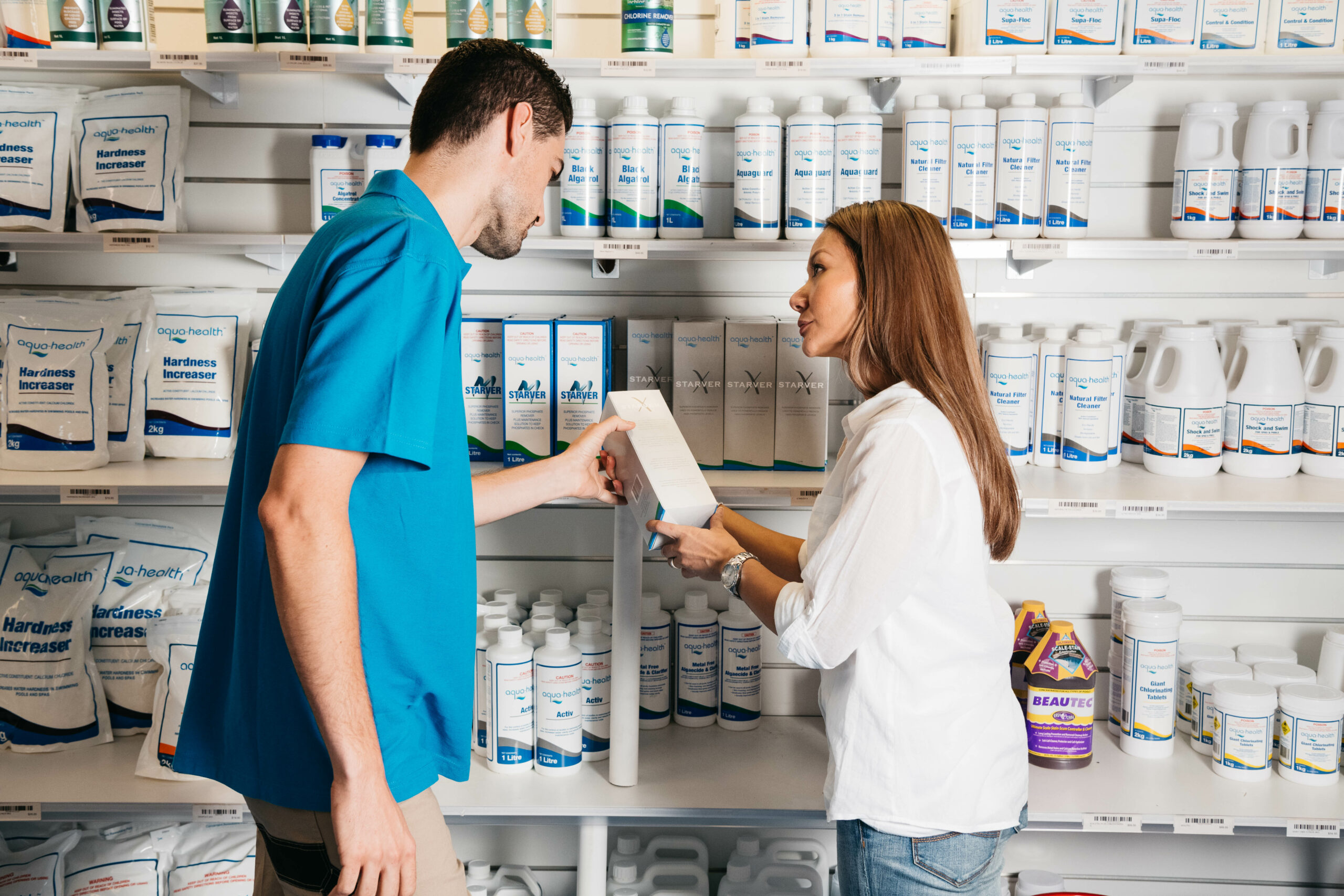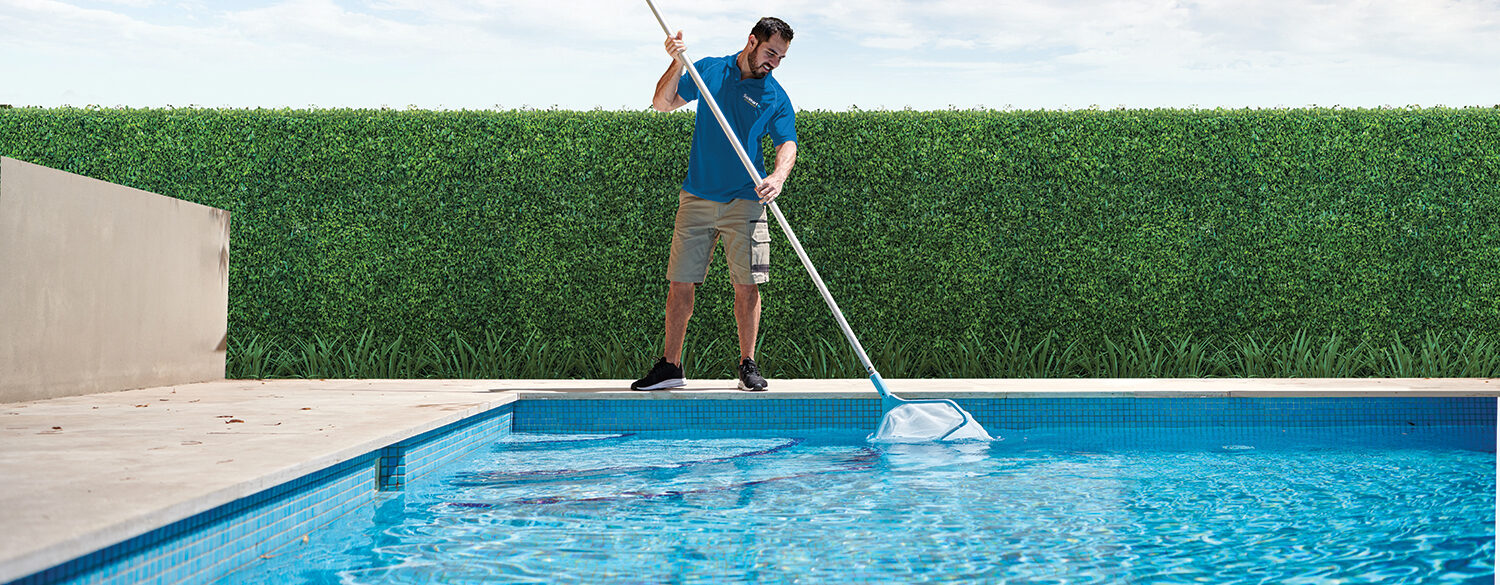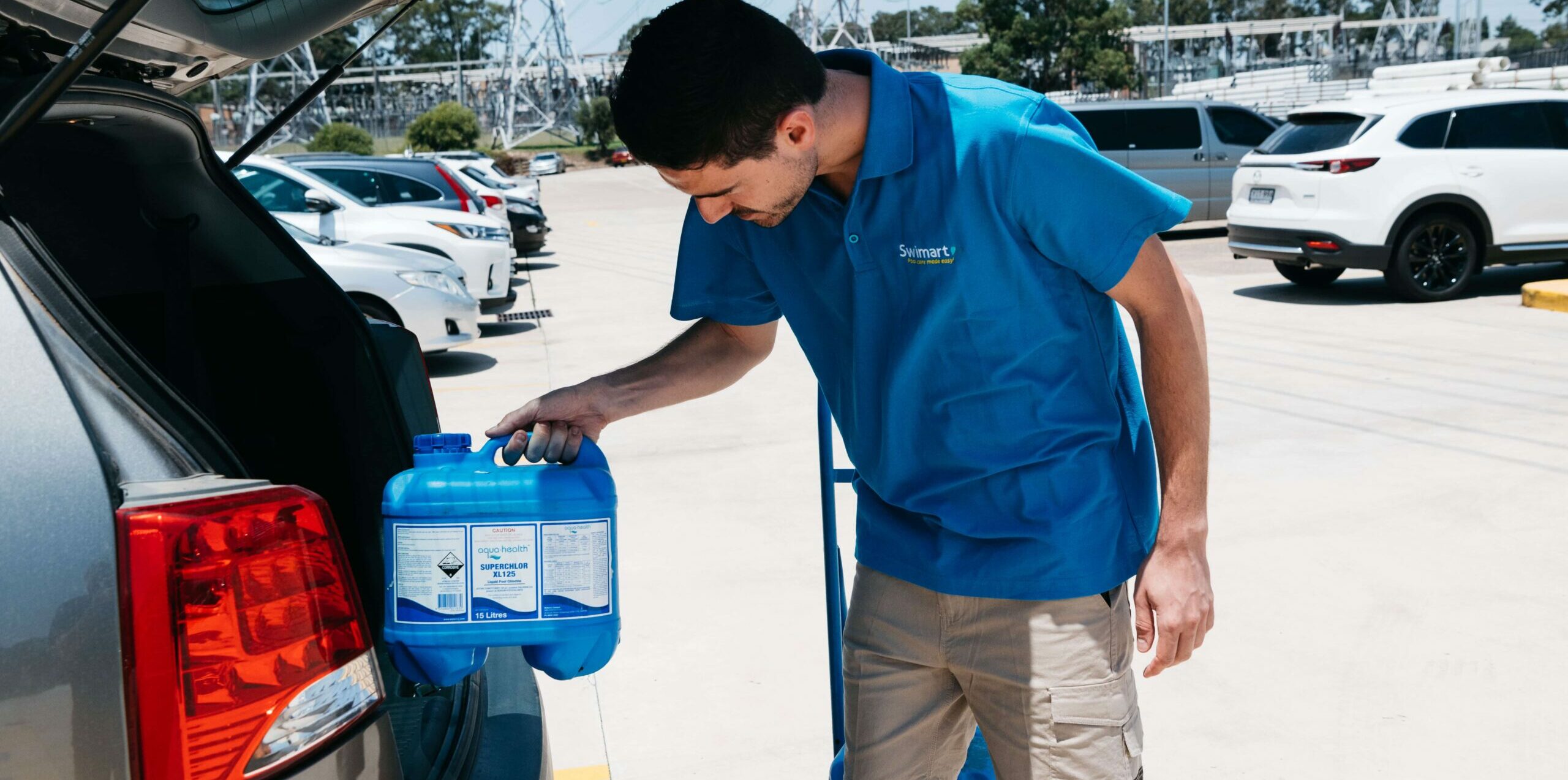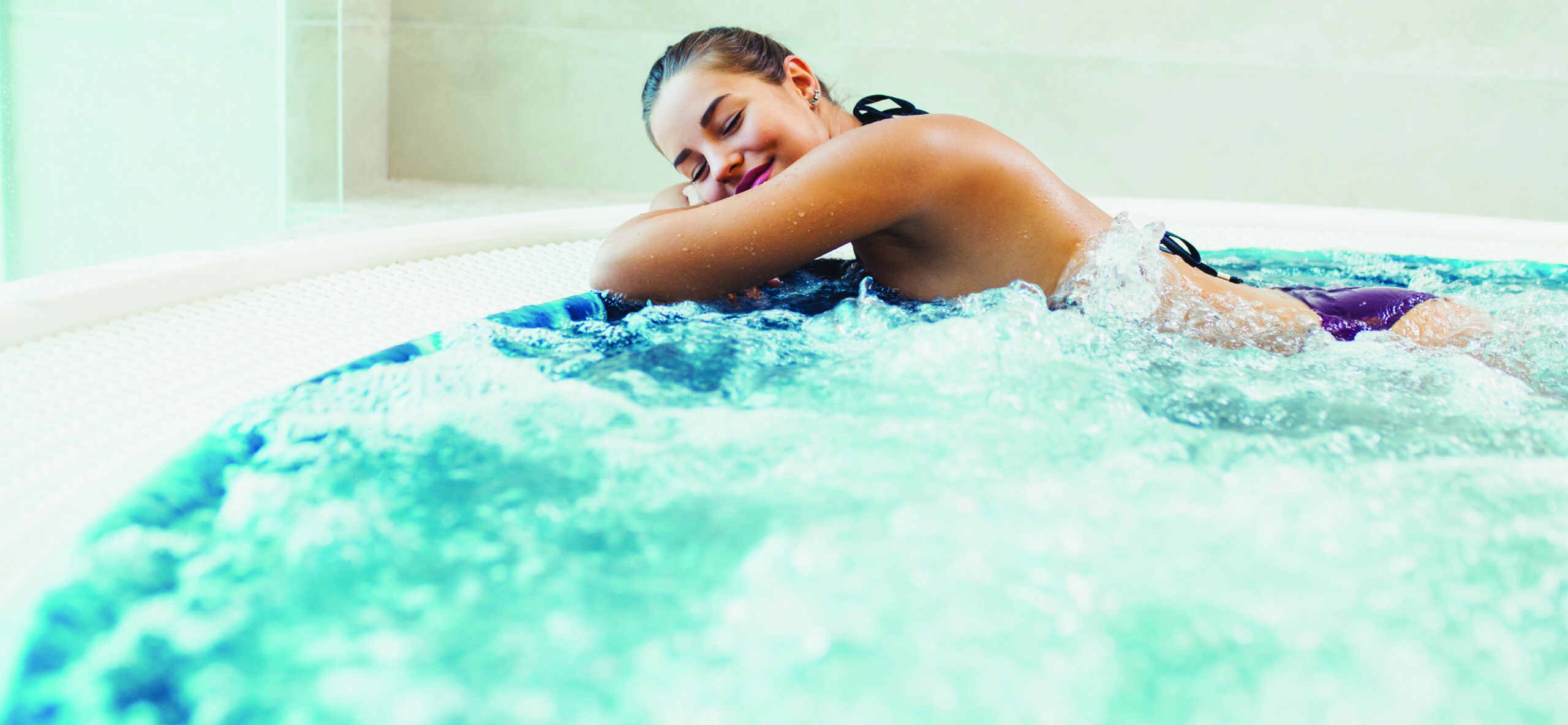At times your chlorine needs a boost to continue performing effectively, particularly when it comes to removing ammonia from your pool.
Ammonia most commonly enters your pool as swimmer waste, such as sunscreen, sweat, saliva etc. The reason ammonia is a problem for pools is because it combines with the chlorine to form chloramines and renders the chlorine ineffective at killing the contaminents in your pool. Testing will still show your pool to have the right amount of chlorine, but it will not actually be doing what it's supposed to. Superchlorinating your pool will take care of this problem.
Chlorine pool owners generally use either calcuim hypochlorite or lithium hypochlorite for superchlorination.
By adding a heavy amount of chlorine to your pool you can kill off the harmful contaminants and rid your pool of ammonia. This is best down in the evening to prevent the extra chlorine from evaporating in the sun and because you won't be able to use your pool for eight hours after adding chlorine shock.
Superchlorination should be a weekly part of your swimming pool maintenance program. You can also superchlorinate more often if you have a heavy rain fall that can carry or wash contaminants into your pool or if your pool experiences heavy useage. Frequent pool use allows more swimmer waste into the water, requiring more frequent maintenance.
See the article "How do I superchlorinate" for instructions on how to superchlorinate correctly. If you have any further questions talk to your local Swimart pool and spa specialist about when and how to correctly superchlorinate your pool.
TIP: Superchlorination at regular intervals is a big part of keeping your water clear, clean and safe for use.


 NZ
NZ AUS
AUS 